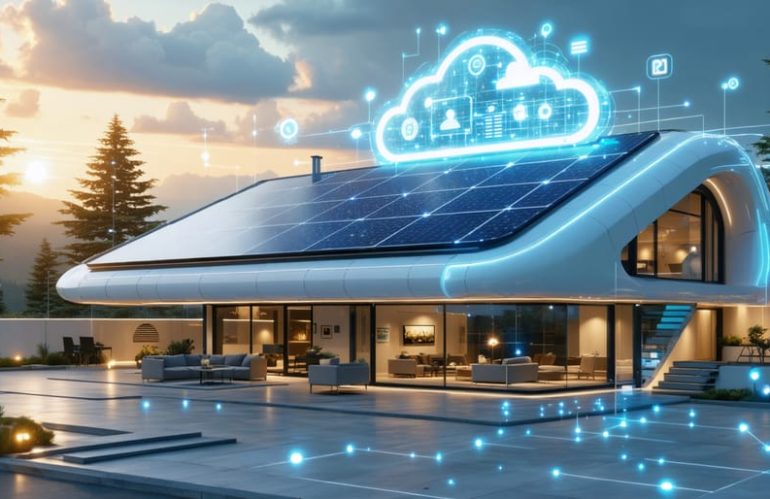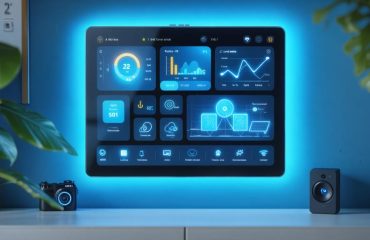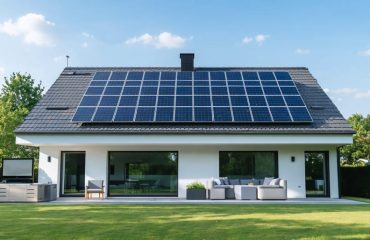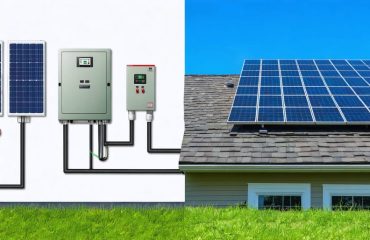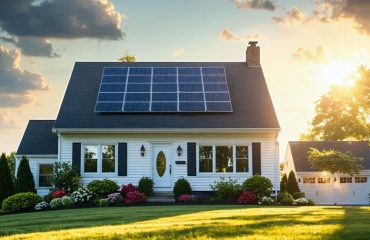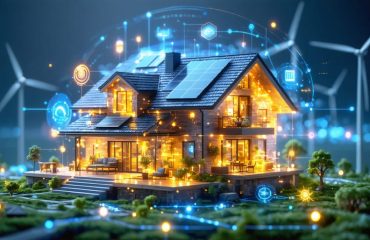Transform your home into an intelligent living space with modern smart home systems – the revolutionary technology that puts complete control of your house at your fingertips. These integrated networks of connected devices and automated systems work seamlessly together to enhance comfort, security, and energy efficiency while simplifying daily life.
Imagine adjusting your home’s temperature, lighting, and security systems from anywhere using just your smartphone, or having your house automatically respond to your daily routines. Smart home systems can detect when you’re heading home and prepare the perfect welcome – adjusting the thermostat, turning on lights, and even starting your coffee maker.
For environmentally conscious homeowners, smart home technology offers powerful tools to minimize energy consumption and reduce utility bills. By intelligently managing energy usage, coordinating with solar power systems, and providing detailed consumption data, these systems help create a more sustainable and cost-effective household while adding convenience and peace of mind to everyday living.
What Are Smart Home Systems?
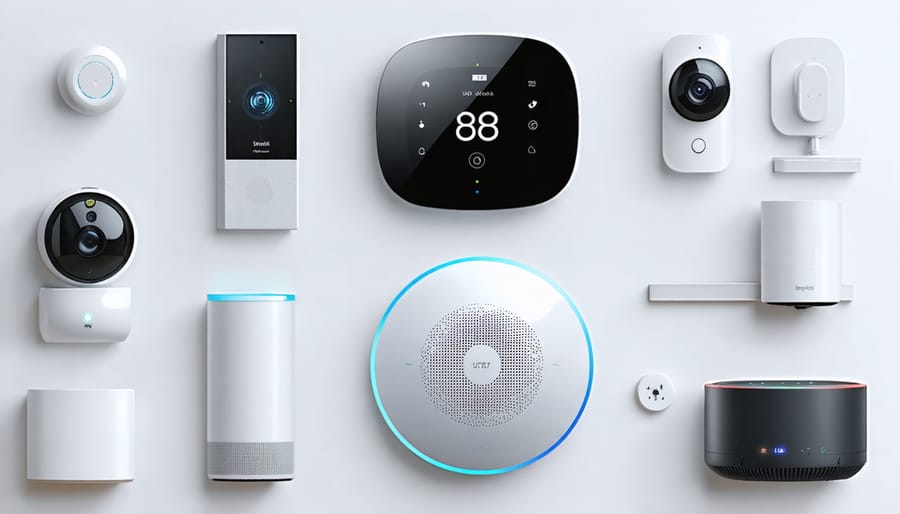
Core Components of a Smart Home
A modern smart home system consists of several key components working together seamlessly to create an intelligent living environment. At its heart is the central hub or controller, which acts as the brain of the system, coordinating all connected devices and enabling remote access through smartphone apps.
Smart sensors form another crucial element, monitoring everything from temperature and humidity to motion and light levels. These sensors provide real-time data that helps automate your home’s responses to changing conditions. For example, occupancy sensors can trigger lighting adjustments or climate control based on whether rooms are in use.
Connected devices make up the muscular system of your smart home. These include smart thermostats, lighting controls, security cameras, door locks, and appliances. Each device can be controlled individually or programmed to work together through automated routines.
The networking infrastructure, typically combining Wi-Fi and specialized protocols like Zigbee or Z-Wave, ensures reliable communication between all components. This foundation allows your devices to respond quickly to commands and share information effectively.
Voice control systems, such as smart speakers, provide convenient hands-free operation of your smart home features. These interfaces make it simple for everyone in the household to interact with the system naturally.
Lastly, mobile apps serve as your command center, offering intuitive controls and detailed insights into your home’s performance, energy usage, and security status from anywhere in the world.
Connecting Solar Power with Smart Home Technology
Energy Monitoring and Management
Modern smart home systems excel at monitoring and managing your home’s energy consumption, especially when integrated with solar power installations. Through intuitive smartphone apps and intelligent controls, these systems provide real-time insights into your energy production and usage patterns. You can track how much solar power your panels generate, monitor battery storage levels, and see exactly where energy is being consumed throughout your home.
These smart solar upgrades enable automated responses to maximize energy efficiency. For example, the system can automatically run high-energy appliances like washing machines or dishwashers during peak solar production hours, storing excess energy in batteries for later use. Smart thermostats adjust heating and cooling based on solar availability, while automated blinds can help manage natural heat gain.
The real magic happens through predictive analytics, which uses weather forecasts and historical data to optimize energy usage. Your system can suggest the best times for energy-intensive activities or automatically adjust consumption based on expected solar production, helping you maximize savings while maintaining comfort. Many systems also provide monthly reports and suggestions for further optimization, making it easier than ever to reduce your carbon footprint and energy bills.
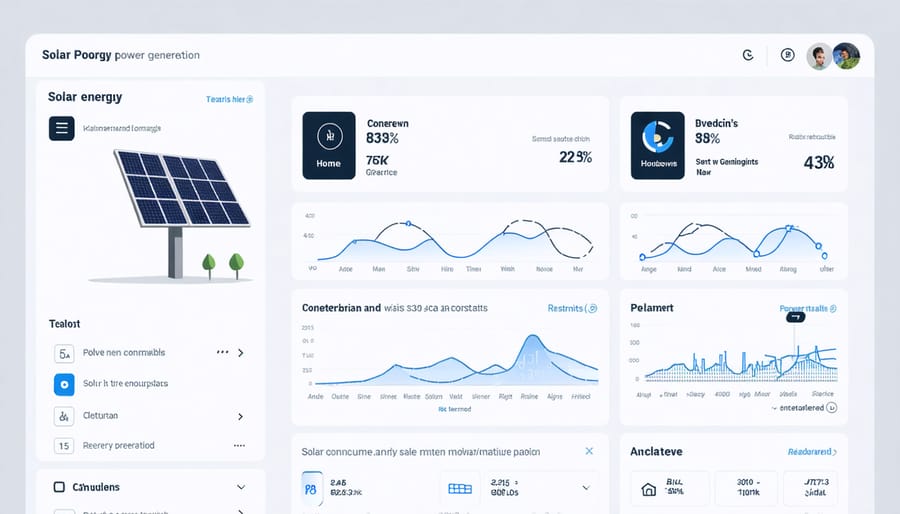
Automated Energy Distribution
Smart home systems revolutionize energy distribution by intelligently managing power flow throughout your house. These systems use advanced algorithms and real-time monitoring to determine where and when energy is needed most, ensuring optimal efficiency. When integrated with solar power installations, this becomes even more powerful, as the system can prioritize using solar-generated electricity when it’s most abundant – a crucial aspect of designing the perfect solar system.
The automation works by analyzing your daily routines and adjusting accordingly. For example, it might automatically dim lights in unused rooms, adjust thermostat settings based on occupancy, and schedule energy-intensive appliances to run during peak solar production hours. Smart plugs and outlets can automatically cut power to devices on standby mode, eliminating phantom energy waste.
These systems can also predict your energy needs based on weather forecasts and historical usage patterns. On cloudy days, they might automatically reduce non-essential power consumption to conserve energy, while on sunny days, they can maximize the use of solar power by running high-consumption appliances during peak production hours. This intelligent distribution not only reduces your carbon footprint but also significantly lowers your monthly energy bills.
Benefits of Smart Home Integration
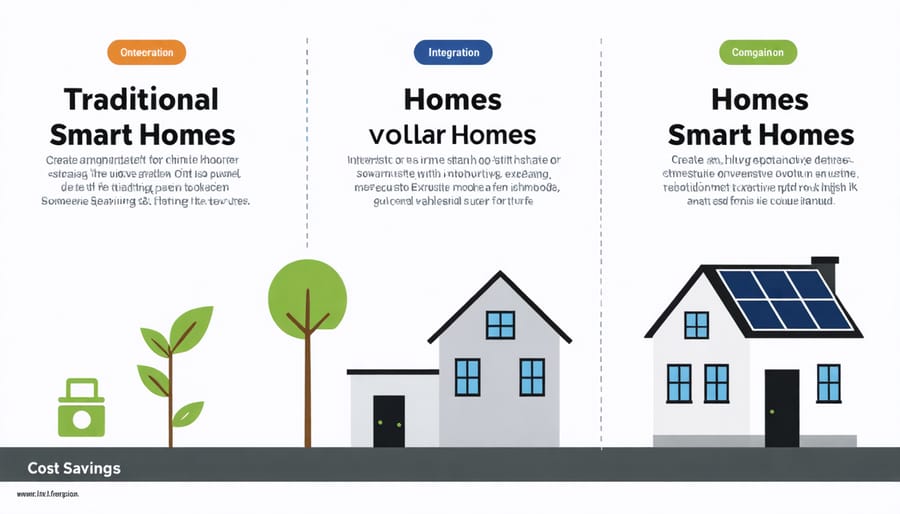
Cost Savings and Efficiency
Smart home systems offer substantial financial benefits through intelligent energy management and automated controls. By optimizing your home’s energy usage, these systems can reduce utility bills by 10-30% annually. Smart thermostats learn your preferences and adjust temperatures automatically, while automated lighting systems ensure lights aren’t left on unnecessarily.
When integrated with solar panel systems, smart home technology helps you maximize your solar savings by scheduling energy-intensive tasks during peak solar production hours. Smart appliances can be programmed to run when electricity costs are lowest or when your solar panels are generating the most power.
Beyond energy savings, smart home systems reduce waste through precise control of resources. Smart irrigation systems water your lawn only when needed, while automated window blinds help maintain optimal indoor temperatures naturally. Many homeowners report that their initial investment in smart home technology pays for itself within 2-3 years through reduced utility bills and improved energy efficiency.
The system also helps prevent costly accidents by alerting you to potential issues like water leaks or unusual power consumption patterns, saving money on repairs and maintenance in the long run.
The integration of smart home systems with solar power represents a significant step forward in sustainable living and energy management. By combining these technologies, homeowners can maximize their solar investment while enjoying unprecedented control over their home’s energy consumption. The automated systems ensure optimal energy usage by directing power where and when it’s needed most, while providing real-time monitoring capabilities that help households make informed decisions about their energy habits. This symbiotic relationship between smart home technology and solar power not only reduces environmental impact but also delivers substantial cost savings over time. As these technologies continue to evolve and become more accessible, homeowners who embrace this integration are well-positioned to benefit from increased energy independence, enhanced comfort, and a more sustainable future for their families.

